- The 2022 Hyundai Kona Electric shows its 300-plus-mile run wasn't just a fluke.
- The 2022 Kia EV6 redeems itself and proves it can achieve its estimated range figures.
- We test two more versions of Porsche Taycan, neither of which could match its predecessor's performance.
EV Range Test Roundup: Hyundai Kona Electric, Kia EV6, Porsche Taycan and More
How far can the latest EVs go?
As the electric car market heats up, we're busy range-testing every EV we can get our hands on. That means long days in the saddle — sometimes including different variants of the same vehicle. It's a labor of love, but we do it because electric-car shoppers need to know whether the EPA's range estimates are reproducible in the real world. Frankly, we're quite curious ourselves.
If you've been following our real-world range tests, then you're probably familiar with our typical expanded analysis of each test result. We won't be doing that here because every vehicle in this roundup is a variant of a vehicle we've already tested. Instead, we'll compare and discuss each of these new results relative to our previous data.
In case you're not aware of our process, Edmunds tests every electric vehicle on the same real-world driving loop to see just how far it can travel from a full charge down to zero miles remaining. If you scroll through our EV range leaderboard, you'll see that most EVs have matched or exceeded their EPA range estimates in our testing. How did this latest crop of new or updated model variants perform? Without further ado, here are the results from our real-world lab.
Latest real-world range results: Same models, new variants
2022 Audi e-tron
The Audi e-tron has been around since 2019 and was one of the first EVs we range-tested (in Sportback form). Although it still sports the same size battery (95 kilowatt-hours), Audi made some hardware and software optimizations and increased available battery capacity from the 2021 model year onward. As a result, the EPA range estimate has jumped from 204 miles to 222 miles, while the consumption estimate improved from 46 kilowatt-hours for every 100 miles to 43 kWh for the same distance.
Our 2022 e-tron test car was pretty heavily optioned with the Prestige package, but it didn't have the larger 21-inch wheels, which can have a negative impact on range. Our car had 20-inch wheels wrapped in Goodyear Eagle Sport all-season tires (255/50R 20) inflated to the recommended factory pressures (38 psi front, 41 psi rear). As equipped, the 2022 e-tron tipped our scales at 5,822 pounds.
After a full day of driving at an average recorded temperature of 67 degrees, which is pretty mild weather, the e-tron managed to travel 248 miles, which is a very similar performance to the e-tron Sportback we tested two years ago. This exceeds the 222-mile EPA range estimate by 26 miles or 11.7%. Our measured consumption was also comparatively good after charging the battery back to full. The 2022 e-tron needed only 38.4 kWh to go 100 miles, which is a 10.7% improvement over the estimated consumption.
2022 Hyundai Kona Electric
The 2019 Hyundai Kona Electric was one of the first EVs to break the 300-mile barrier in our testing, throwing down a 315-mile run way back when. That's mighty impressive considering it was projected by the EPA to return 258 miles on a single charge. For 2022, Hyundai gave the Kona an exterior refresh and added some tech and convenience features but pretty much left all the EV hardware alone.
It's no surprise, then, that the 2022 Kona Electric has the same EPA range and efficiency estimates as the 2019 model, but we were curious if the new car would see the same kind of results or if it was just a fluke the last time. Running our 2022 Kona EV test car on a day with a slightly chilly average temperature of 56 degrees, we validated that earlier result with a 308-mile journey. The 2019 car's 7-mile advantage could be chalked up to the slightly warmer 61-degree temperature on its test day, closer to the EV happy zone of 70 degrees.
After charging the Kona's battery back to full, we calculated an impressive energy consumption of 23 kWh/100 miles, not far off the 2019 car's 22.3 kWh/100 miles. That's nearly 18% more efficient than the EPA consumption estimate of 28 kWh/100 miles. It's also slightly better than the 14% efficiency improvement we see on average from mainstream EVs.
2022 Kia EV6 Wind RWD
We recently performed a range test on the dual-motor (all-wheel-drive) Kia EV6 GT-Line and were a bit surprised that it failed to hit its EPA range estimate, recording 261 miles versus the EPA's 274-mile estimate. Why? For one, the Kia Niro EV we tested back in 2020 had zero issues, surpassing its EPA estimate by more than 45 miles despite being adapted from the conventional gas-powered Niro. The all-new EV6, on the other hand, is a purpose-built EV from the ground up, so we expected it to overdeliver by at least as much as the repurposed Niro EV. We actually ran that EV6 test car twice just to make sure and saw virtually the same result both times.
Accordingly, we were interested to see whether the single-motor (rear-wheel-drive) EV6 Wind variant could do any better. We ran our 2022 Kia EV6 Wind test car on the same loop on a day averaging 67 degrees. The rear-drive car performed much better, exceeding its 310-mile EPA range estimate by 13 miles and consuming 26 kWh/100 miles versus the EPA estimate of 29 kWh/100 miles. This prompted us to bring in a different GT-Line AWD test car of the same spec as the first test car, triple-checking our results.
The results from our third test improved our view of the AWD EV6. This time we managed 283 miles, bettering the EPA estimate by 9 miles or 3.3% — and beating our previous result by 21 miles. The average ambient temperature on this day was 66 degrees compared to the 58-degree day the first test car experienced, but still, 21 miles is a big gap. This could indicate that the EV6 is notably sensitive to temperature fluctuations.
2022 Mercedes-Benz EQS 580
When we tested the single-motor 2022 Mercedes-Benz EQS 450+, it shattered the range record previously held by the Tesla Model 3 Long Range, posting an impressive single-charge run of 422 miles. That's a whopping 77 miles ahead of the Model 3, quite the feat considering the EQS 450+ was rated at just 350 miles of range.
Naturally, we were curious if the dual-motor EQS 580 variant would also overachieve in our test. The EQS 580 uses the same 108-kWh battery pack as the 450+ but gains a heap more horsepower (+187 hp) and torque (+212 lb-ft). Somehow, the EPA says that'll only cost you 10 miles of range — the 580's official range estimate is 340 miles. While we were pretty confident the 580 would meet its range estimate, we were skeptical that it would do much more. Besides the additional motor, which contributes to the 580's 300-pound weight gain compared to the 450+, our test car also had larger 21-inch wheels with 10-millimeter-wider summer tires.
On test day for the EQS 580, it was 5 degrees cooler on average at 62 degrees, and after a full day of driving it had traveled a respectable 381 miles. While that pales in comparison to the 72 extra miles the 450+ managed, it's still 41 miles or 12% beyond its range estimate and puts the 580 comfortably in third place on the latest Edmunds range leaderboard. In terms of efficiency, after charging the 580 back to full, we calculated a consumption rate of 33 kWh/100 miles, an 8.3% improvement over its EPA consumption rating of 36 kWh/100 miles.
2022 Porsche Taycan Performance Battery Plus & Taycan 4S Cross Turismo
Part of the reason we started doing EV range testing in the first place was that some range estimates seemed absurdly misrepresented. The 2020 Porsche Taycan 4S' range estimate of 203 miles was especially inaccurate, as we managed to travel 323 miles on a single charge. While our range test utilizes the most efficient drive modes and relaxed road speeds, that's nearly 60% more range than quoted by the EPA.
Since that first Taycan range test, many new versions of the Taycan have been introduced. We tested two of those variants: a base rear-drive Taycan with 20-inch wheels and the larger Performance Battery Plus battery and a Taycan 4S Cross Turismo rolling on upgraded 21-inch wheels. While both Taycans easily surpassed their range estimates, we were surprised to find that neither smashed through the 300-mile mark as the first Taycan did.
Specifically, the rear-drive Taycan traveled a total of 286 miles, 61 miles beyond its 225-mile range estimate, while the 4S Cross Turismo managed 250 miles, or 35 miles more than the EPA's 215-mile estimate. While the first Taycan had the benefit of a virtually perfect 73-degree day, the other Porsches hardly had bad weather, with temperature averages at 66 and 68 degrees. We're not sure if that first Taycan had some sort of special sauce, but we'll be looking forward to testing a lot more Porsche EVs in the future.
Edmunds says
We hope this fresh batch of real-world EV range test results helps inform your future EV-buying decisions. We don't plan on slowing down anytime soon and have actually procured new VBox GPS equipment to make our real-world range testing even more consistent day to day. We welcome your feedback and questions regarding any of the results you see here. Also, be sure to check out our latest comprehensive ratings of all electric vehicles on Edmunds' EV rankings page.
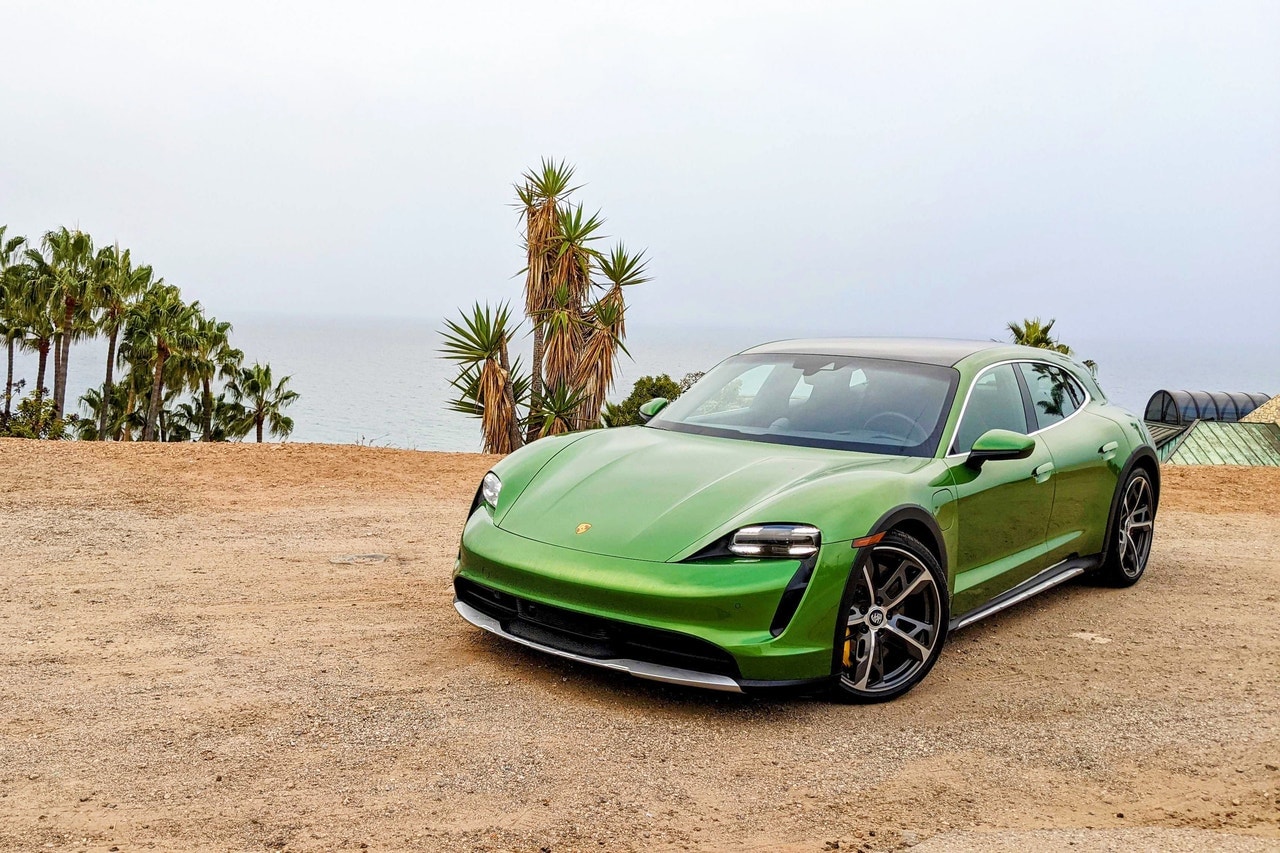
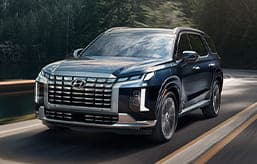
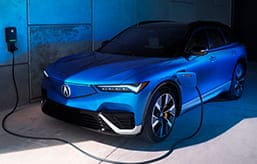
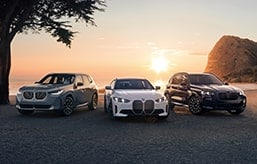
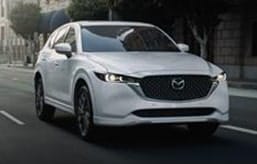
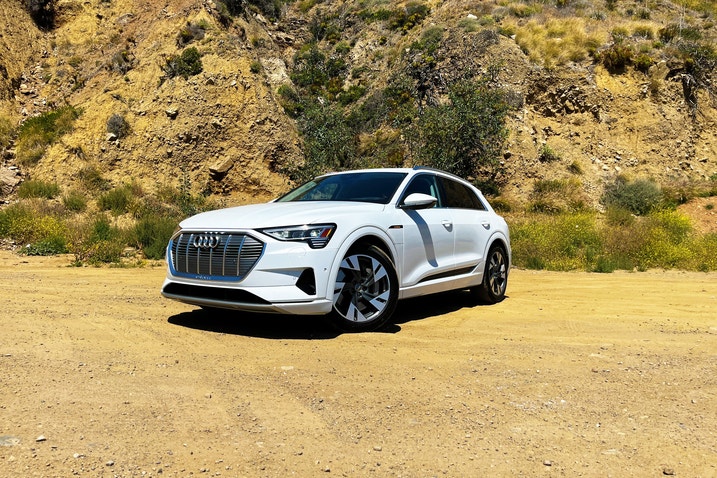

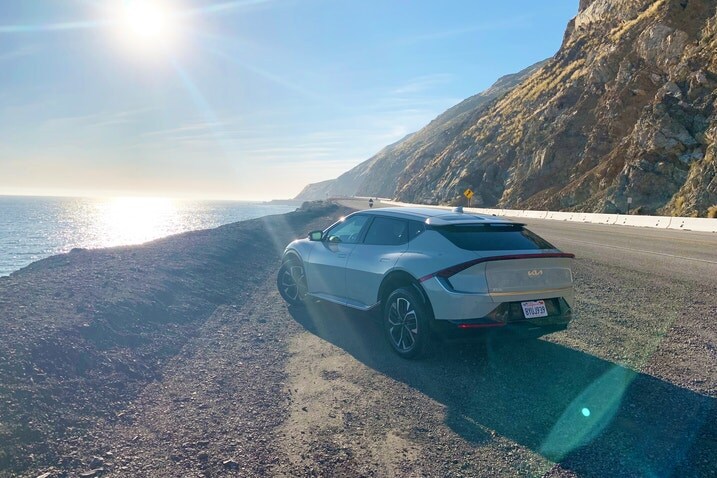
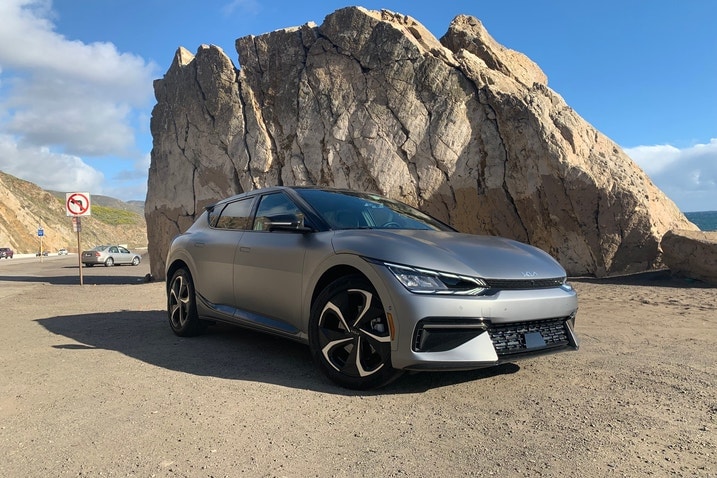

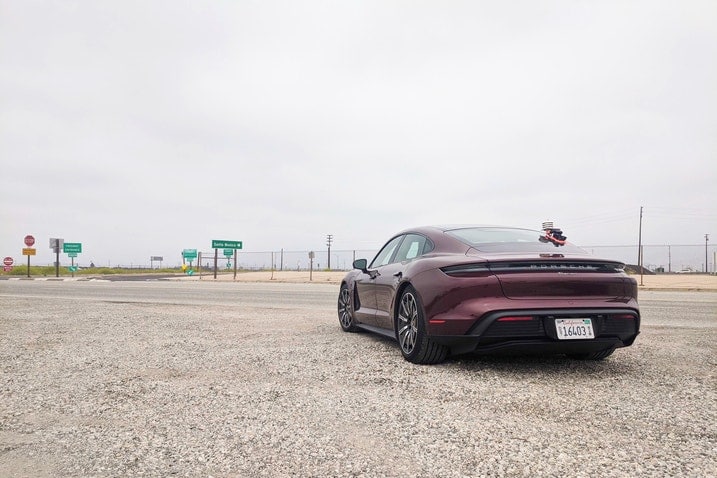
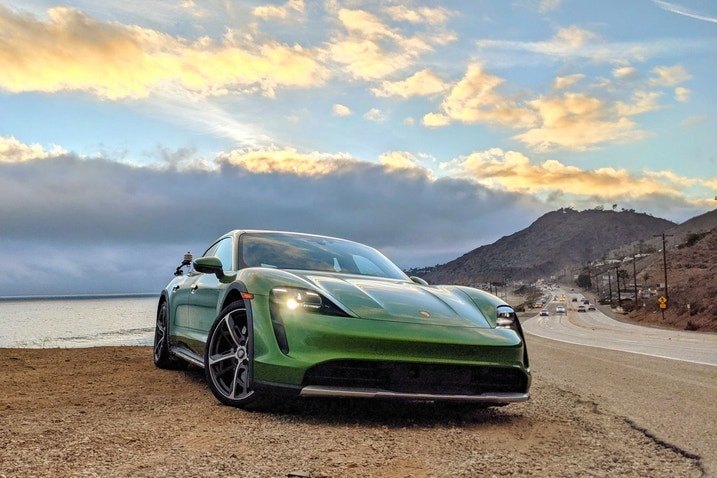
 by
by